How to grow daikon radish from seed – for magnificent crispy roots
These unique winter radishes can reach an impressive size - discover how to grow your own at home
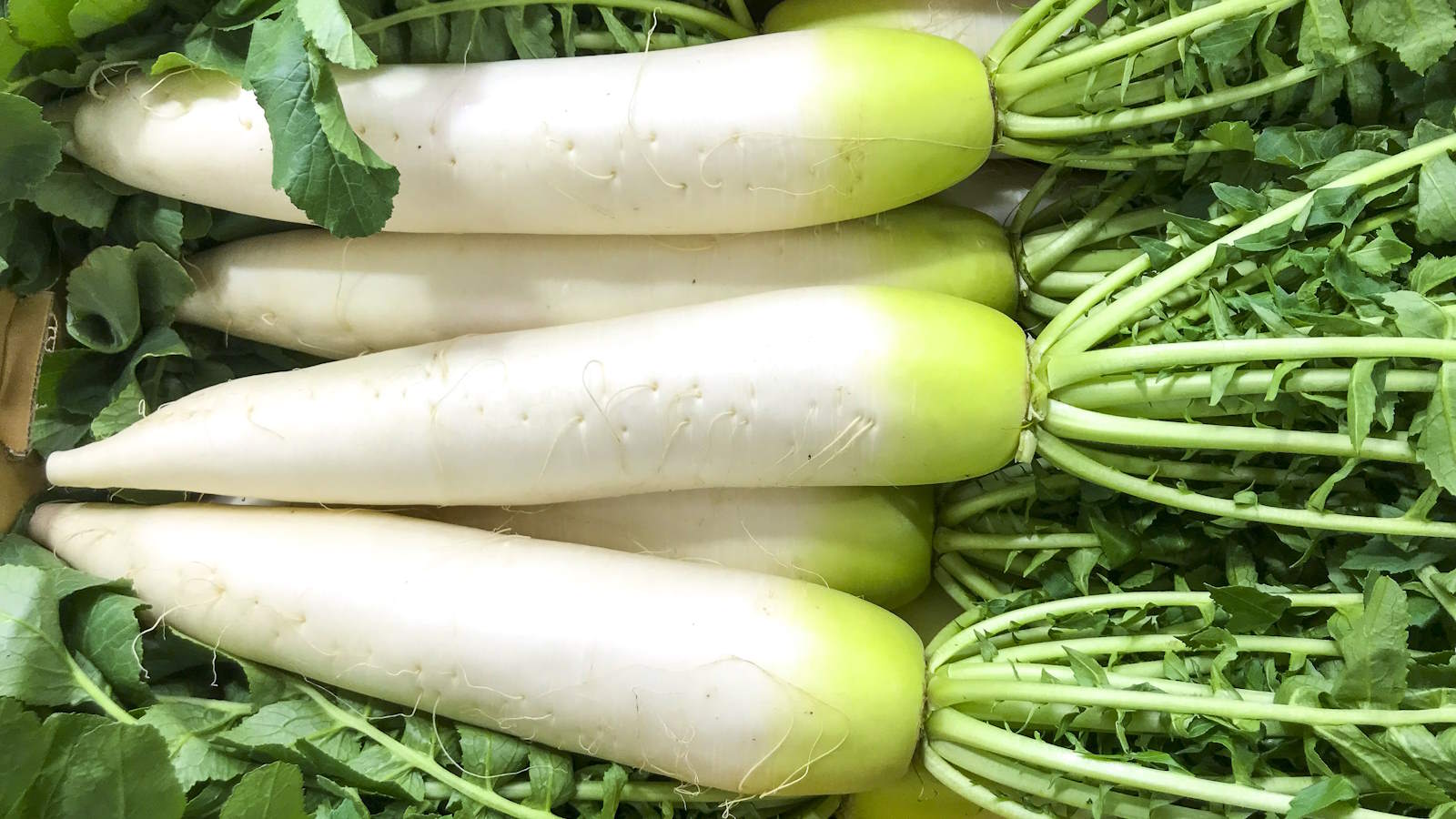

Radishes are hugely popular crops to grow at home. Most of the time it is the same small cylindrical radishes picked throughout summer, but there is a whole world of radish types to discover.
Daikon radishes, also known as mooli, are becoming increasingly popular among growers and these cool-season types are simple to grow. Their larger white roots can be eaten raw or cooked to add a milder flavor to dishes than summer radishes.
If you want to add more variety to the radishes you grow each year, then daikon radishes are worth considering. I have grown them in vegetable gardens and on my home plot over recent years and found them simple to cultivate and a great crop to harvest during the cooler months.
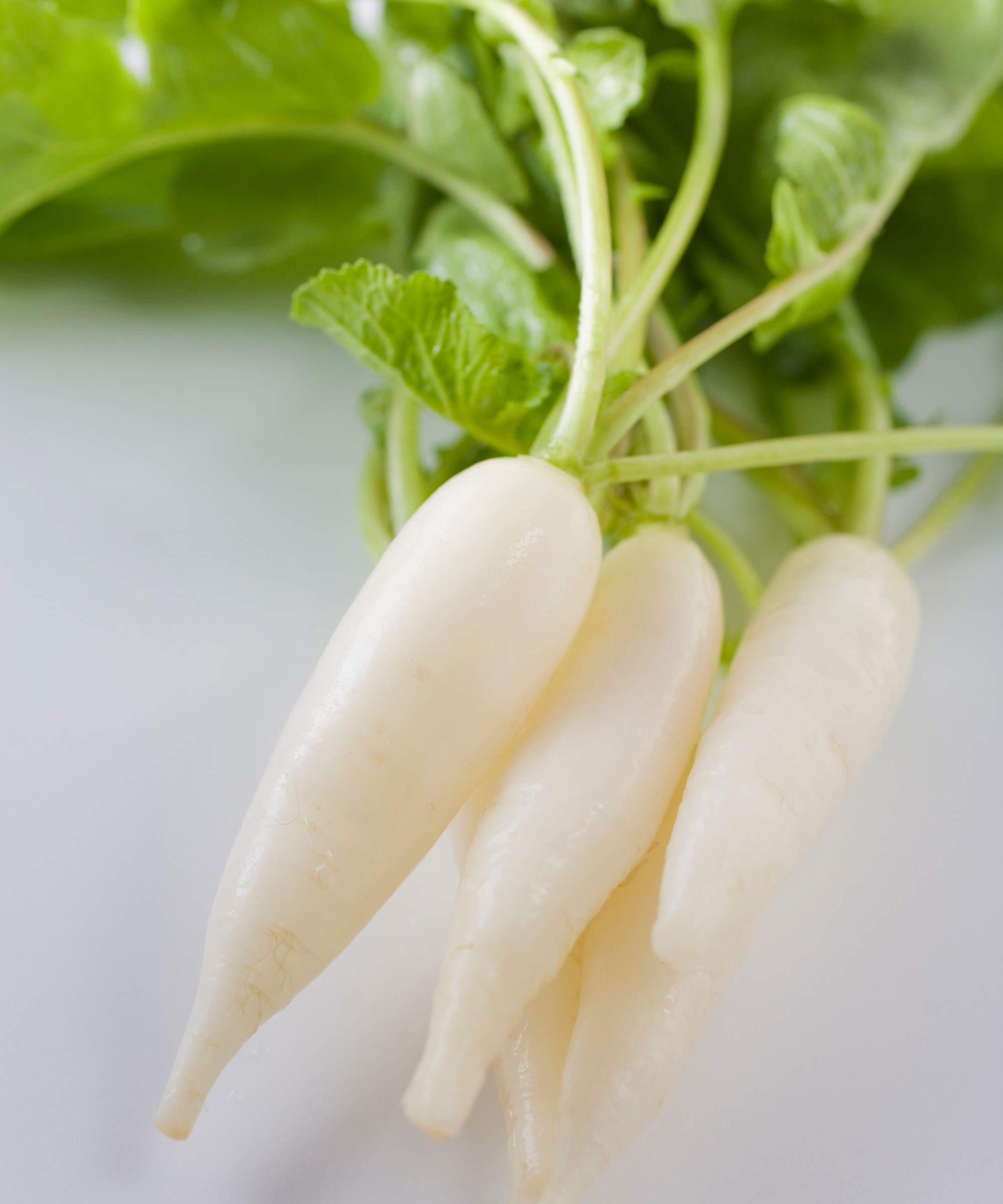
Daikon radishes are native to East Asia
What is a daikon radish?
A daikon radish is an Asian variety that produces large white roots. These can be oblong, tapered, or round in shape, and reach many pounds in weight. The roots themselves have a crunchy taste and are often used in salads, soups, and stews.
Daikon radishes have a longer season than other types of radish and are also often used as a cover crop to improve soil health, as their roots are great at loosening compacted soil.
How to grow daikon radish from seed
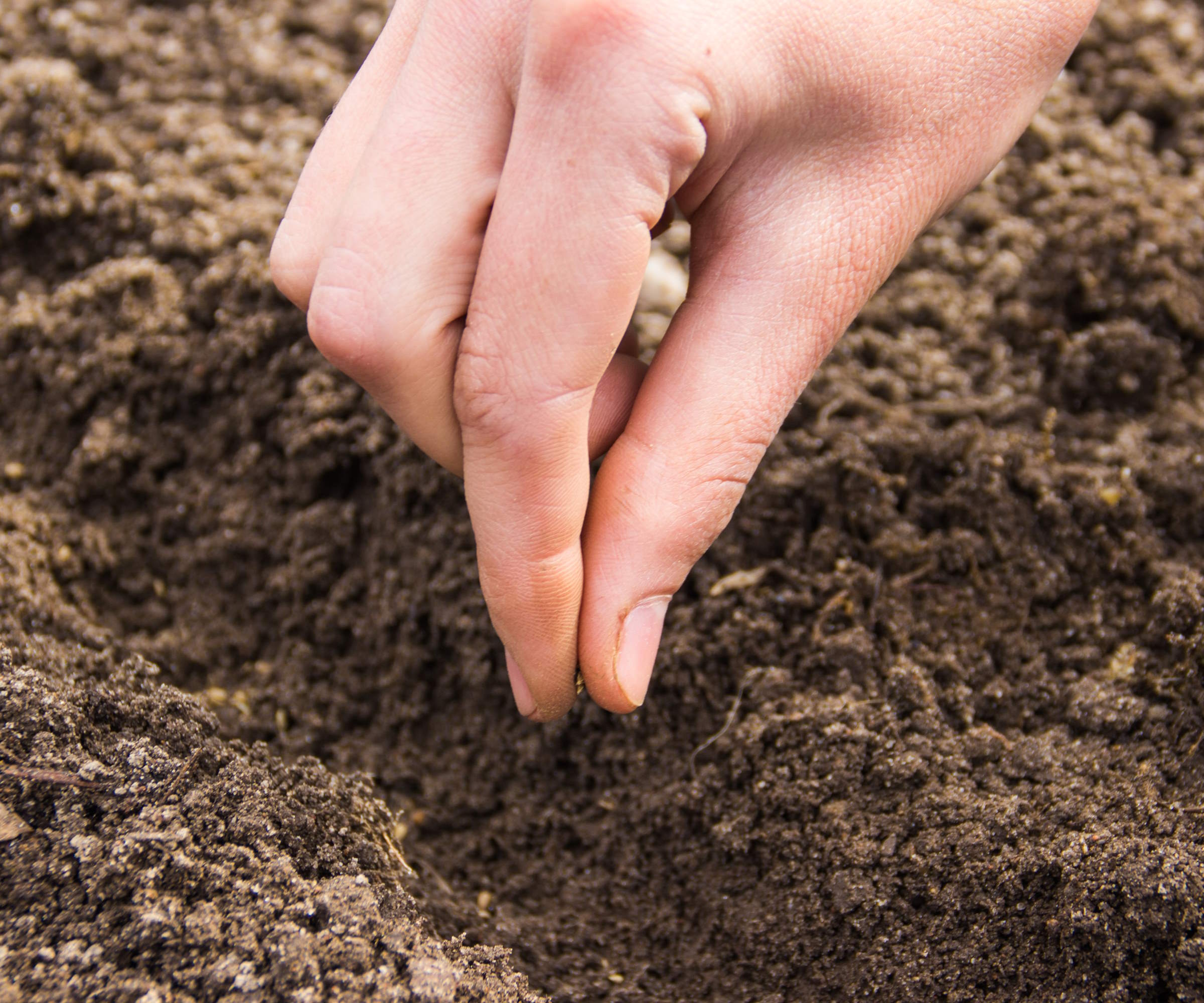
Direct sow radishes into the soil
As with growing any type of radish, it is best to plant daikon radish seeds directly into the soil where they will grow. The time to sow seeds outdoors will depend on your US hardiness zone as they are a cool-season crop best sown directly in late summer - around two months before your first predicted frost date.
While many radish varieties are grown from early spring onwards, oriental types like daikon are better suited to late summer sowings. They are not as fast-growing vegetables as other types of radish and prefer the cooler weather of fall, rather than the warmer temperatures of late spring and early summer.
You can plant daikon radish seeds in beds or raised garden beds. While you can grow many types of radishes in pots, daikon have larger taproots and need more space to develop - which unfortunately makes them trickier for vegetable container gardens.
‘Grow daikon radish in full sun to partial shade, says Ashleigh Smith, managing editor at True Leaf Market. ‘Daikon winter radish grows best in loose, well-drained soil rich in organic matter with a pH of 6.5-7. However, it is also known to help improve compact, heavy soils when grown as a cover crop and allowed to decompose back into the soil.’
Prepare the soil by weeding, removing large stones or debris, and raking it level. Sow the seeds half an inch deep and 1-2 inches apart in rows spaced 12-18 inches apart. Keep the seeds moist for germination and thin the seedlings as they develop to a spacing of 4-6 inches.
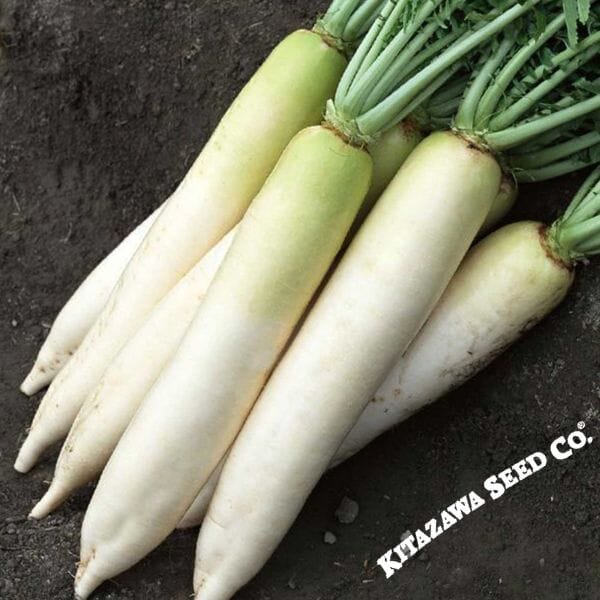
Seed packets of daikon radish that can grow roots 2 to 4 inches in diameter and 6 to 20 inches long in as little as 45 days
Caring for daikon radishes
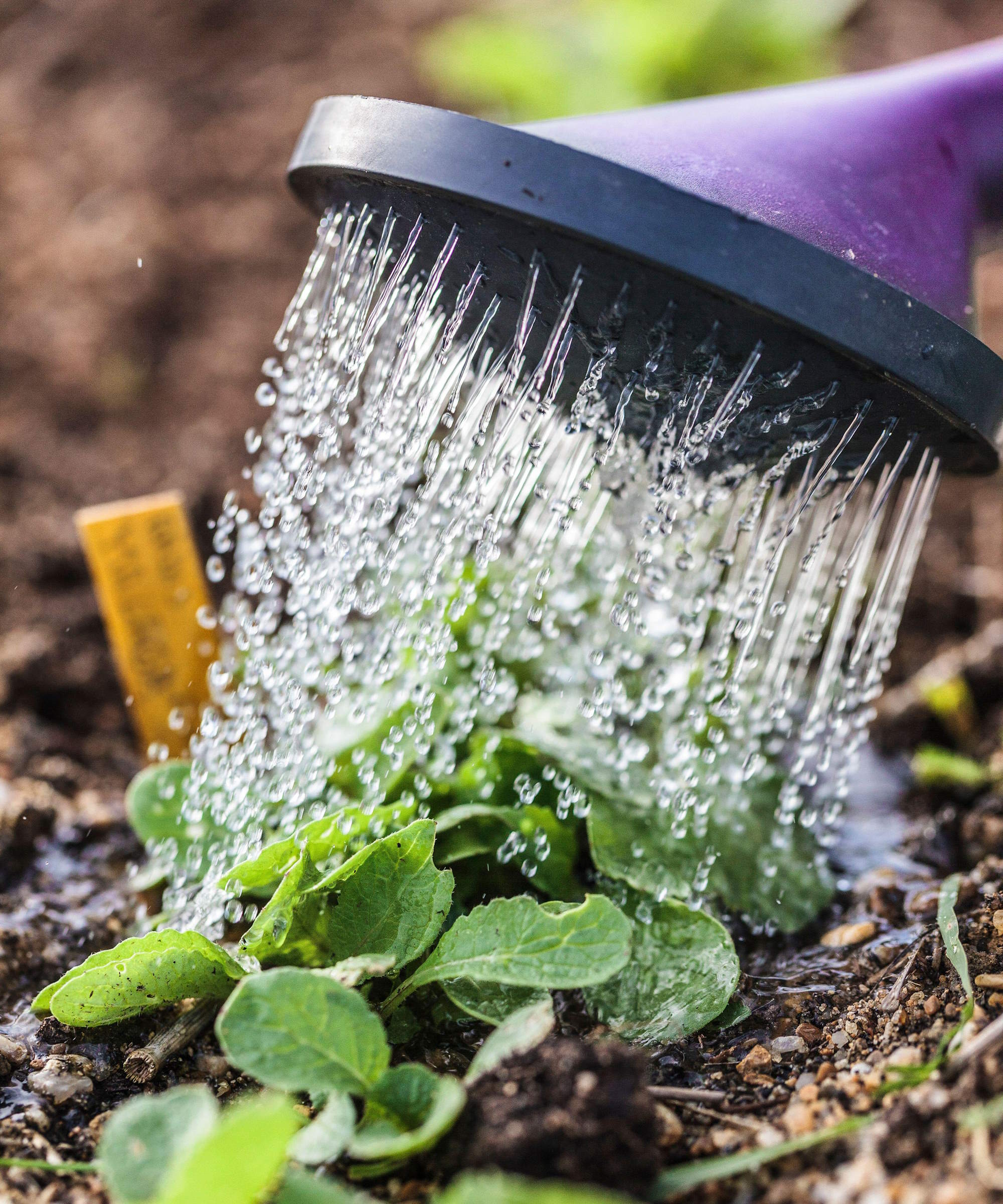
Radishes can turn bitter due to a lack of water
Daikon radishes tend to grow in the cooler temperatures of fall, though watering is still an important part of looking after the crop. The plants do not have high watering requirements yet the ground wants to be moist, but not sitting too wet. Keeping the crops too wet when developing can cause the roots to split.
Ashleigh Smith advises: ‘As a root vegetable, the soil must be allowed to drain between waterings. Maintain moist but not saturated moisture levels. When the top inch of soil begins to feel dry, it is time to water again.’
Incorporating compost or well-rotted manure into the soil before planting can provide all the nutrients the crop needs over its lifetime. Avoid adding high-nitrogen fertilizers to the soil as this will encourage lots of leafy growth, rather than developing the roots.
Daikon radishes take 8-10 weeks from planting to harvesting, depending on the variety. Once the roots show a couple of inches above the soil and the foliage is at least eight inches long, it is a sign to start lifting the crop.
To harvest daikon radish, hold the root by the base of the leaves and carefully lever it out of the soil. Pick the roots as and when required, but lift the crop completely before the fall frosts arrive.

Ashleigh Smith is the Managing Editor at True Leaf Market with a bachelor's degree in horticulture from Brigham Young University - Idaho. True Leaf Market is a nationally certified organic, non-GMO seed and horticultural company based in Salt Lake City, Utah.
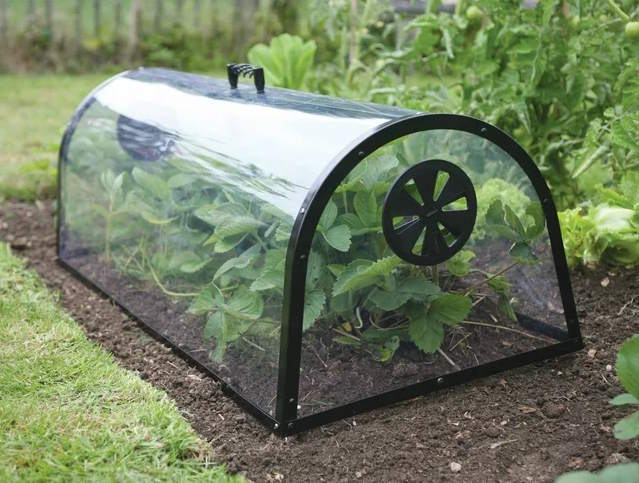
An elegant and lightweight growing cover measuring 39"L x 20"W x 14"H that can be conveniently used to protect plants from frosts
How to grow daikon radish microgreens
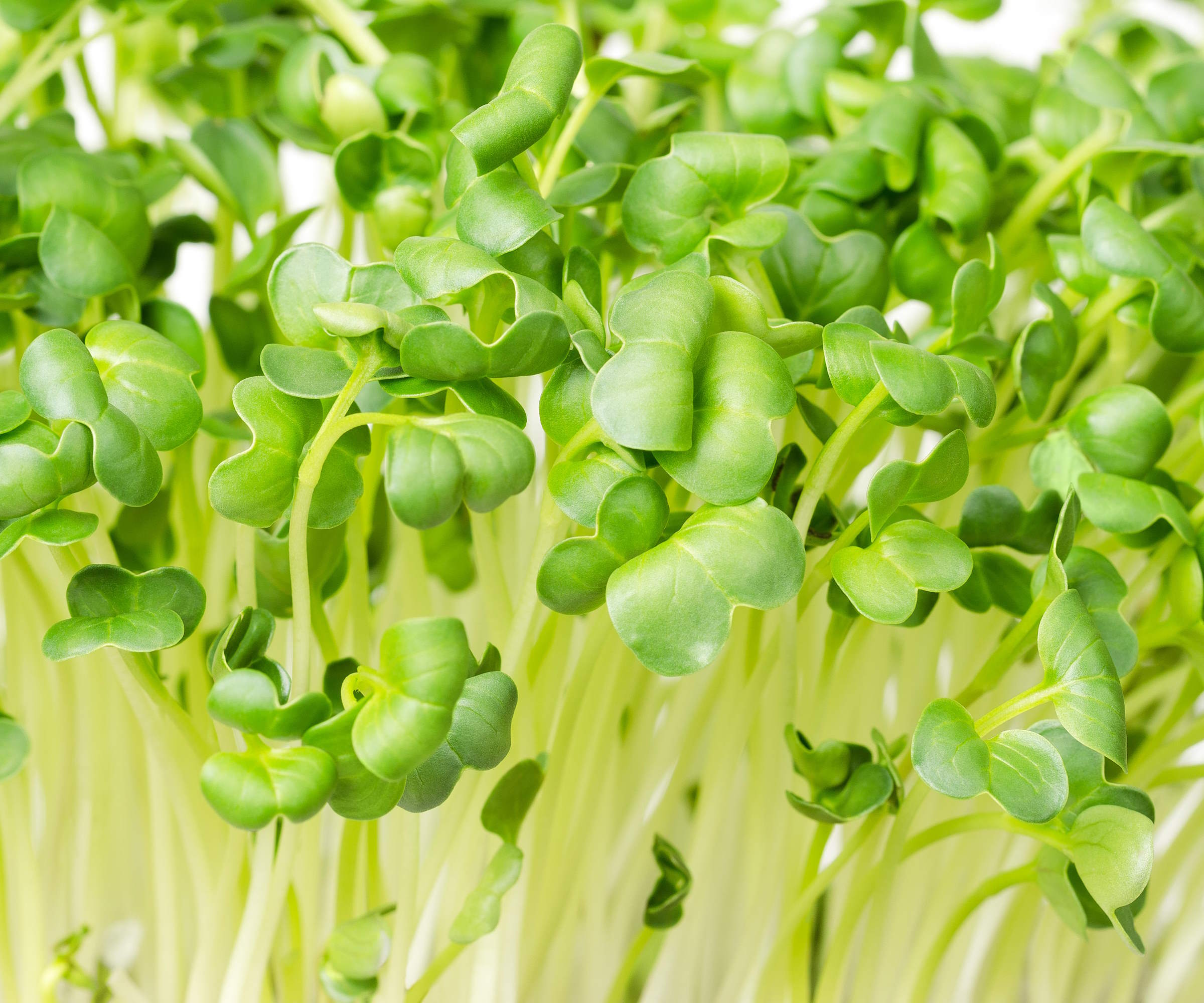
Microgreens contain all the same nutrients as full-size plants
Daikon radish can make fantastic microgreens to grow at home to add a spicy accompaniment to dishes. You can have a harvest within 10 days and in only four simple steps:
- Sow the seeds densely into pots or trays of quality multipurpose compost
- Cover them for two or three days so they germinate quickly in darkness
- Uncover the seedlings and grow them somewhere warm and bright for another few days
- They will be ready to harvest once the white stems have developed and before the first true leaves have formed
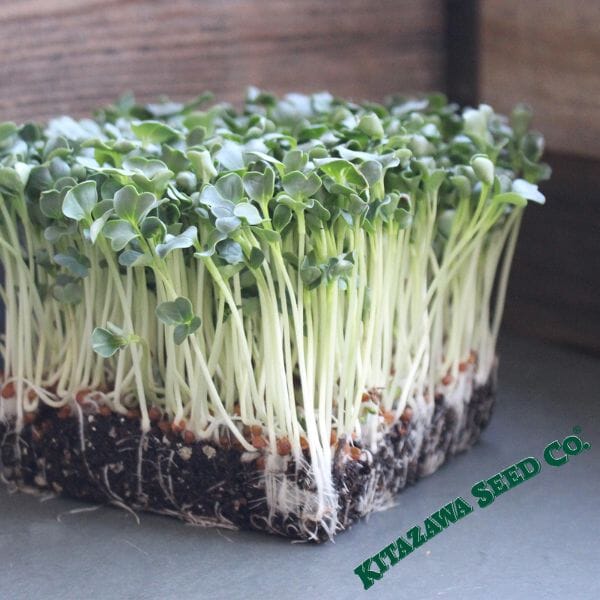
Organic daikon seeds to grow as microgreens that can potentially be harvested in as little as 6 days from sowing
FAQs
How big do daikon radishes get?
Daikon radishes can produce roots up to 20 inches long and four inches wide when fully mature, depending on the variety. The largest varieties can reach 20 pounds, however, the types most commonly grown in backyards produce roots weighing under two pounds.
Do you eat daikon raw or cooked?
Daikon can be eaten raw and added to salads or slaws. The root can also be cooked or baked and added to stews, stir-fries, or soups.
Radishes of all types are great vegetables for succession planting. By doing regular smaller sowings every few weeks you can be rewarded with a long harvesting season.
Sign up to the Homes & Gardens newsletter
Design expertise in your inbox – from inspiring decorating ideas and beautiful celebrity homes to practical gardening advice and shopping round-ups.

Drew’s passion for gardening started with growing vegetables and salad in raised beds in a small urban terrace garden. He has worked as a professional gardener in historic gardens and specialises in growing vegetables, fruit, herbs, and cut flowers as a kitchen gardener. That passion for growing extends to being an allotmenteer, garden blogger, and producing how-to gardening guides for websites. Drew was shortlisted for the New Talent of the Year award at the 2023 Garden Media Guild Awards.
-
 Kelly Ripa and Mark Consuelos's dining room shelves combine unexpected elements for the ultimate storage solution – it's multi-functional and replicable
Kelly Ripa and Mark Consuelos's dining room shelves combine unexpected elements for the ultimate storage solution – it's multi-functional and replicableGreen shelves in Kelly Ripa and Mark Consuelos' dining room cleverly combine storage to accomplish separate purposes in a pretty way
By Sophie Edwards Published
-
 I'm a Sleep Editor – these are the 7 mattress features I think are gimmicks and not worth the spend
I'm a Sleep Editor – these are the 7 mattress features I think are gimmicks and not worth the spendIn my search to find the world's best mattress, I've come across some duds − learn from my mistakes and avoid these mattress gimmicks
By Emilia Hitching Published